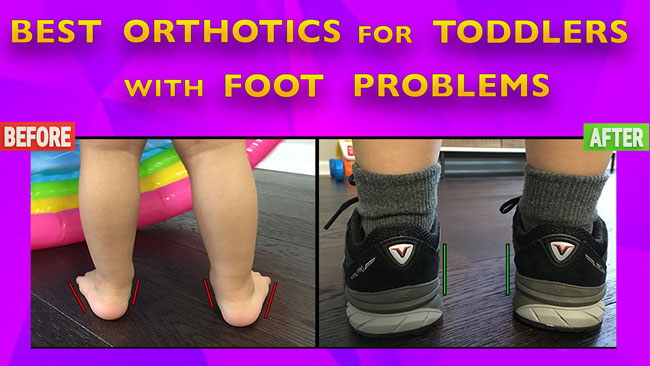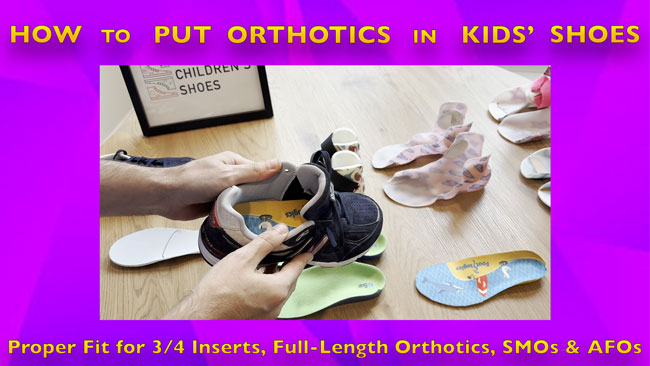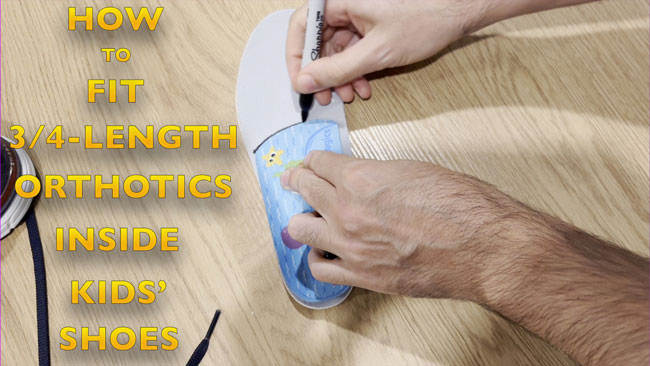Gait Plates for Kids – Improve Your Child’s Foot Posture and Walking Gait
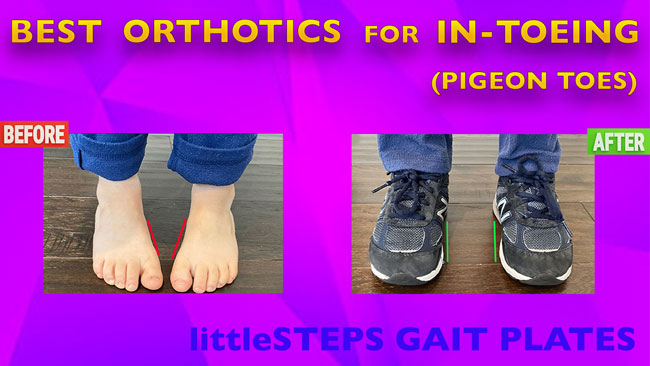
Have you noticed that your child’s feet point inward instead of straight ahead? Maybe they trip more often than other kids, or their walking pattern just doesn’t look quite right. A lot of parents are told that in-toeing will ‘fix itself’ as their child grows — and sometimes that’s true… but not always. As a specialized children’s shoe fitter, I work hands-on with countless shoes and orthotics every day. I get to see firsthand what actually helps kids who struggle with in-toeing or pigeon-toed walking. One of the most effective options I’ve found are orthotics called gait plates. These inserts are designed to gently guide the feet outward, improve alignment, and create a more stable, confident walking gait.
Gait Plates for Kids with In-Toeing: Who Can Benefit?
Kids who walk with their feet turned in, have flat feet, or show other walking differences can really benefit from gait plates.
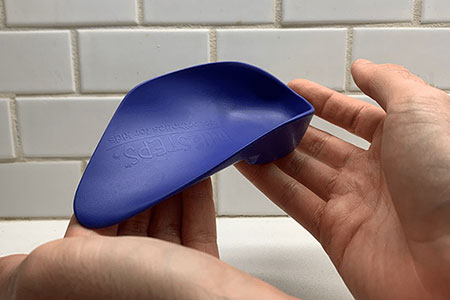
These special orthotics can help guide their feet and legs as they grow, especially during the early years when bones and muscles are still developing and easier to support with gentle corrections.
Why I Recommend These Gait Plates for In-Toeing
The gait plates I recommend help your child walk with their feet pointing straight and keep their hips aligned. They do this with features like a deep heel cup and a slightly firm base that changes how the front of the foot bends when your child walks. These features help reduce in-toeing, improve hip and lower extremity strength, and in many instances create a straighter, more normal gait.
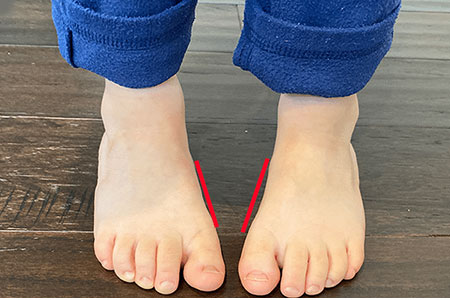

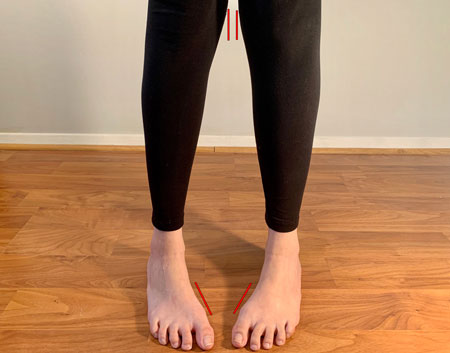
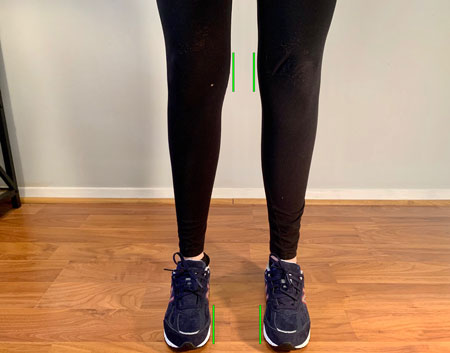
How Early Should Parents Treat In-Toeing?
It really depends on your child’s age and how pronounced the in-toeing is. The main goal is to help your child walk comfortably and prevent any foot or leg pain down the road. A good first step is to check with your podiatrist—they can tell you whether your child might benefit from gait plates and when would be the best time to start.
Will Gait Plates Fix Your Child’s In-Toeing?
The first seven years of a child’s life are their “golden years of treatment opportunity”. During these years permanent structural changes of the foot and lower extremity may be relatively easily obtained with treatments such as orthotics, supportive shoes, and therapeutic exercises. Proactive measures, such as using gait plates and ensuring proper shoe fit, can lead to significant improvements and prevent issues later in life.
Best Gait Plates for Kids to Improve Posture and Stability
Gait plates are particularly effective for addressing in-toeing. By repositioning the foot, gait plates can help the child develop a more typical walking pattern, reducing the risk of related issues such as tripping or discomfort.

Order littleSTEPS gait plates from their official website.
To place an order for littleSTEPS® gait plates, you must submit this Referral Code: JVFCS100121 during the ordering process.
These gait plate orthotics provide an affordable alternative to custom orthoses and encourage the feet to turn outward and straighten. It’s important to note that results can vary depending on factors such as the severity of the in-toeing and the child’s overall health and development.
What Gait Plate Size Should You Order?
The size chart below shows what gait plate size to order based on your child’s shoe size:

Are Gait Plates a Cosmetic Fix or a Functional Change?
I believe that gait plates provide a functional change. Your child’s foot might point inwards when going barefoot, but when wearing supportive shoes and gait plates that changes things substantially by putting the feet in a straighter position.
I like to make the analogy that gait plates and supportive shoes are like glasses for bad eyes. Wearing glasses won’t cure your eyes, but it will make you see better and function normally. Gait plates are like glasses for your child’s feet.
My Bonus Resource: Shoes That Work Well with Gait Plates
The shoes and the orthotics work together to help treat and prevent your child’s out-toeing condition. Shoes need to provide enough space to fit the orthotic comfortably while offering adequate support and flexibility.
When gait plates are fitted inside the correct types of shoes, they can help correct foot posture and improve gait appearance in children.
Watch My YouTube Video to Visualize Gait Plates in Action
In this video I share real before-and-after examples, how gait plates support proper foot alignment, and how they improve posture and stability.
Don’t Take the “Wait and See” Approach
Many families are frustrated as they are told that “in-toeing is a normal variant and that the child will eventually grow out of it”. In-toeing is one of the most common gait disorders in children, but this doesn’t mean that it should be left untreated. If this walking pattern is left untreated it might create a biomechanical imbalance which might be difficult to correct in adulthood.
I strongly suggest that you get a second opinion when you are told that there is nothing that you can do but wait for your child’s condition to resolve on its own. As with every other field, there are some medical professionals who are more experienced or might have different approaches than others.
It is essential to have a proper evaluation by a healthcare professional, such as a podiatrist, to determine if gait plates are the right intervention for your child. Physical therapy using gentle stretching and strengthening is often part of the treatment plan too.

